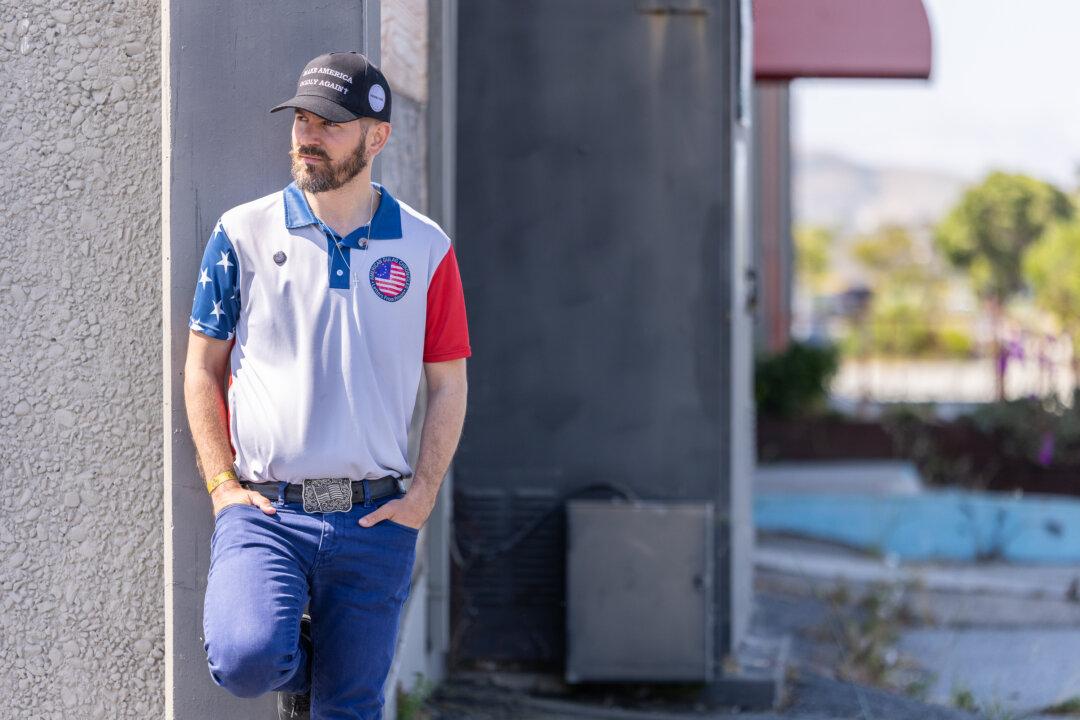MANITOWOC, Wis.—Standing in the softly falling snow, staring at the colorful and brightly lit Christmas display, Barbara Bundy-Jost understood that there was just something special about that tree.
“It was just lit up like a sparkling forest,“ she said. ”We were on our way one Christmas Eve to visit my mother, who lived overlooking the lake on Fourth Street. We always turned on that street. We stopped the car. The snow was softly falling. We let the kids out, and we all stood in the window, and we talked about the tree that my grandmother had.”





